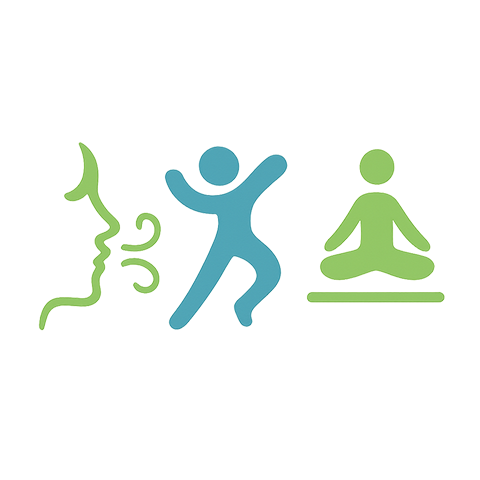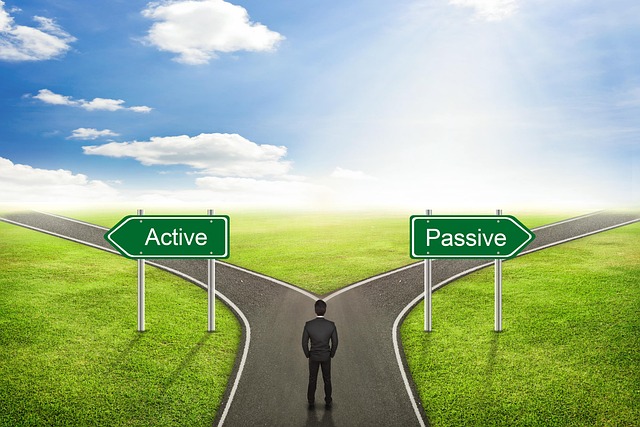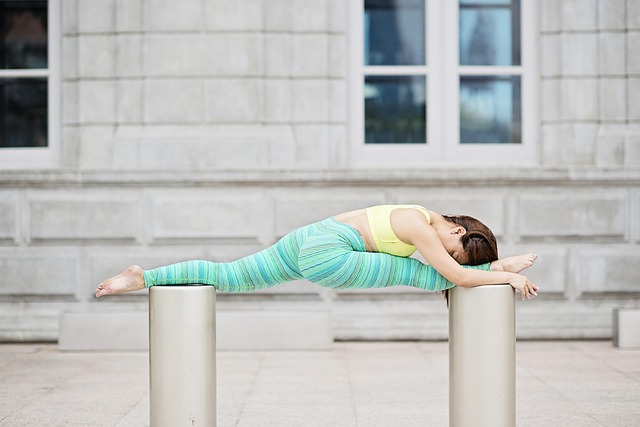In the ever-evolving world of fitness and training, the quest for optimal mobility has taken center stage. When it comes to improving movement patterns and overall health, passive mobilization presents an intriguing approach that many fitness enthusiasts may overlook. This technique not only enhances physical performance but also supports the body’s natural mechanics, allowing for a more enriching exercise experience.
Passive mobilization involves the use of external forces—such as a therapist, trainer, or equipment—to assist in joint movement and stretching without the need for muscular effort. This method targets areas that are often stiff or tight, promoting a greater range of motion while minimizing the risk of injury. Unlike traditional active stretches where the individual takes charge, passive mobilization provides a chance for relaxation, inviting the body to open up and adapt more effectively.
The benefits of integrating passive mobilization into your fitness routine are numerous. For starters, it fosters improved flexibility and joint health. Regular sessions can significantly decrease muscle tension and enhance circulation, allowing for better nutrient delivery and waste removal in the muscles. This can be especially beneficial after intense training sessions or sports activities, where the body needs to recover and rejuvenate.
Moreover, passive mobilization can aid in correcting postural imbalances that may develop over time due to repetitive movements or sedentary lifestyles. When the body is properly aligned, it not only feels better but also performs better, leading to enhanced strength training and overall activity levels. With improved posture and flexibility, individuals can become more resilient to injuries, preserving their commitment to fitness over the long term.
Another significant aspect of passive mobilization is its ability to facilitate mental relaxation. As the body experiences gentle movement and stretching, a sense of calm can envelop the mind, making it easier to focus and engage in other fitness modalities. This mind-body connection can enhance motivation and enjoyment during workouts, promoting a more holistic approach to health and activity.
Integrating passive mobilization into your fitness regime may involve working with a trained professional or using tools such as foam rollers, resistance bands, or even partner-assisted stretches. Whether you are lifting weights, practicing yoga, or engaging in sports, incorporating this technique provides a versatile component to your training. With consistency, you’ll notice a remarkable difference not just in your mobility but also in how you feel in your daily activities.
In conclusion, embracing passive mobilization as a part of your fitness strategy can be transformational. It opens doors to a more liberating way of moving and helps create a balanced and resilient physique. Remember, your body deserves the care and attention that passive mobilization can provide, ultimately leading to a more active and fulfilling lifestyle.




